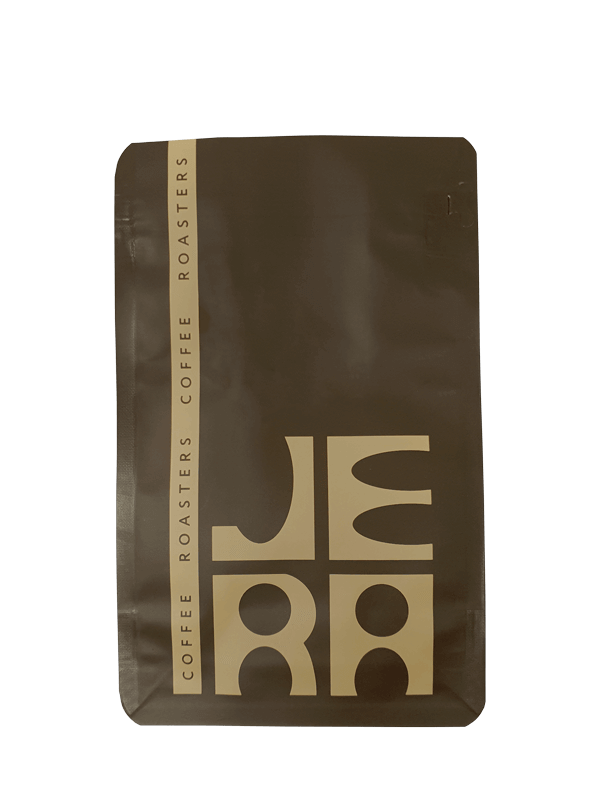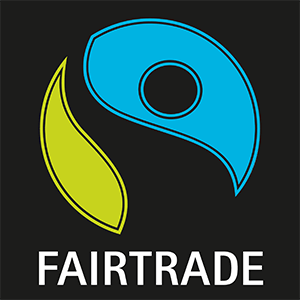גווטמאלה | Antigua
₪48.00 – ₪190.00
ברכישת כל סוגי קפה קלוי בסכום:
בין 600 ש"ח ל-1000 ש"ח עם קוד קופון "15%" תקבלו 15% הנחה
בין 1001 ש"ח ל-1500 ש"ח עם קוד קופון "25%" תקבלו 25% הנחה
מעל 1501 ש"ח עם קוד קופון "30%" תקבלו 30% הנחה
גואטמלה היא מיצרניות הקפה הגדולות בעולם. זני הערביקה הנפוצים בה הם טיפיקה ובורבון, שגדלים בטווח של 1,300 עד 2000 מ'. איזור אנטיגואה הוא האיזור החשוב ביותר לגידול קפה בגואטמלה, שם תמצאו קפה עם גוף מצוין וחמיצות בינונית-גבוהה. בהתאם לפרופיל הקלייה, קפה מגואטמלה ינוע בין בהיר ופירותי (קלייה בהירה) למריר ושוקולדי (קלייה כהה).
קפה מגואטמלה
הפקת הקפה בגואטמלה מוכרת רשמית כחלק מהמורשת התרבותית הבלתי מוחשית של המדינה. הודות לשילוב הייחודי של טרואר, שיטות גידול, שיטות עיבוד והכנה קפדנית לאחר הקטיף – קפה מגואטמלה ידוע באיכות כוס גבוהה ועקבית. אין זה מפתיע שהקפה הוא אחד ממוצרי הייצוא החקלאיים המרכזיים של גואטמלה.
שכבת חול געשית היא אחת התכונות העיקריות של הקרקע המקומית. למרקם הקרקע יש שכבה עליונה המזכירה חול, בצבע כהה. כתוצאה מהרכב הקרקע הגעשית, לקפה יש טעמים מתובלים ושוקולדיים.
גואטמלה היא אחת מיצרניות הקפה הגדולות בעולם. זני הערביקה הנפוצים ביותר במדינה הם טיפיקה ובורבון, שגדלים בגבהים של בין 1,300 ל-2,000 מטר מעל פני הים.
אזור אנטיגואה הוא אזור גידול הקפה הידוע והמוערך ביותר במדינה, ומפיק פולים בעלי גוף מצוין וחמיצות בינונית עד גבוהה. בהתאם לפרופיל הקלייה, קפה מגואטמלה יכול לנוע בין בהיר ופירותי (קלייה בהירה) לעשיר ושוקולדי (קלייה כהה).
קפה בעיבוד רטוב
שיטה זו פופולרית במיוחד בקניה, אתיופיה וקולומביה. היא כוללת הסרה מוקדמת של הקליפה החיצונית של דובדבן הקפה במהלך תהליך העיבוד. תסיסה יכולה להתרחש עם או בלי שאריות המעטפת הפנימית (המוך), אך בדרך כלל מסירים את המוך והפולים נשטפים היטב במים כדי להסיר את השכבה הדביקה (mucilage) שנמצאת בין הקליפה הפנימית לקליפה החיצונית של הפרי.
קפה בעיבוד שטוף מתאפיין בחמיצות בולטת, ניחוחות של הדרים ואופי אלגנטי. שיטה זו מניבה תמציות קפה נקיות, חדות ובהירות, שמדגישות את הצלילות והעוצמה של טעמו של הקפה.
Guatemala Antigua – Coffee from Guatemala
Coffee production in Guatemala is officially recognized as part of the country’s intangible cultural heritage. Thanks to the unique combination of terroir, cultivation techniques, processing methods, and careful post-harvest preparation, Guatemalan coffee is known for its consistently high cup quality. It’s no surprise that coffee is one of Guatemala’s main agricultural exports.
A layer of volcanic sand is one of the main characteristics of the local soil. The soil’s texture is such that the top layer resembles sand and has a dark color. Due to the volcanic soil, the flavor of the coffee contains spicy and chocolate notes.
Guatemala is one of the world’s largest coffee producers. The most common Arabica varieties grown here are Typica and Bourbon, cultivated at elevations between 1,300 and 2,000 meters above sea level.
The Antigua region is the country’s most renowned coffee-growing area, producing beans known for their excellent body and medium to high acidity. Depending on the roast profile, Guatemalan coffees can range from bright and fruity (light roast) to rich and chocolatey (dark roast).
Washed Process Coffee
This method is especially popular in Kenya, Ethiopia, and Colombia. It involves removing the outer skin of the coffee cherry early in the process. Fermentation can take place either with or without the pulp, but typically, the pulp is removed, and the beans are thoroughly washed in water to eliminate the sticky mucilage layer that lies between the parchment and the fruit skin.
Washed coffees are known for their pronounced acidity, citrus notes, and elegant character. They produce clean, crisp brews that highlight the coffee's clarity and brightness.











